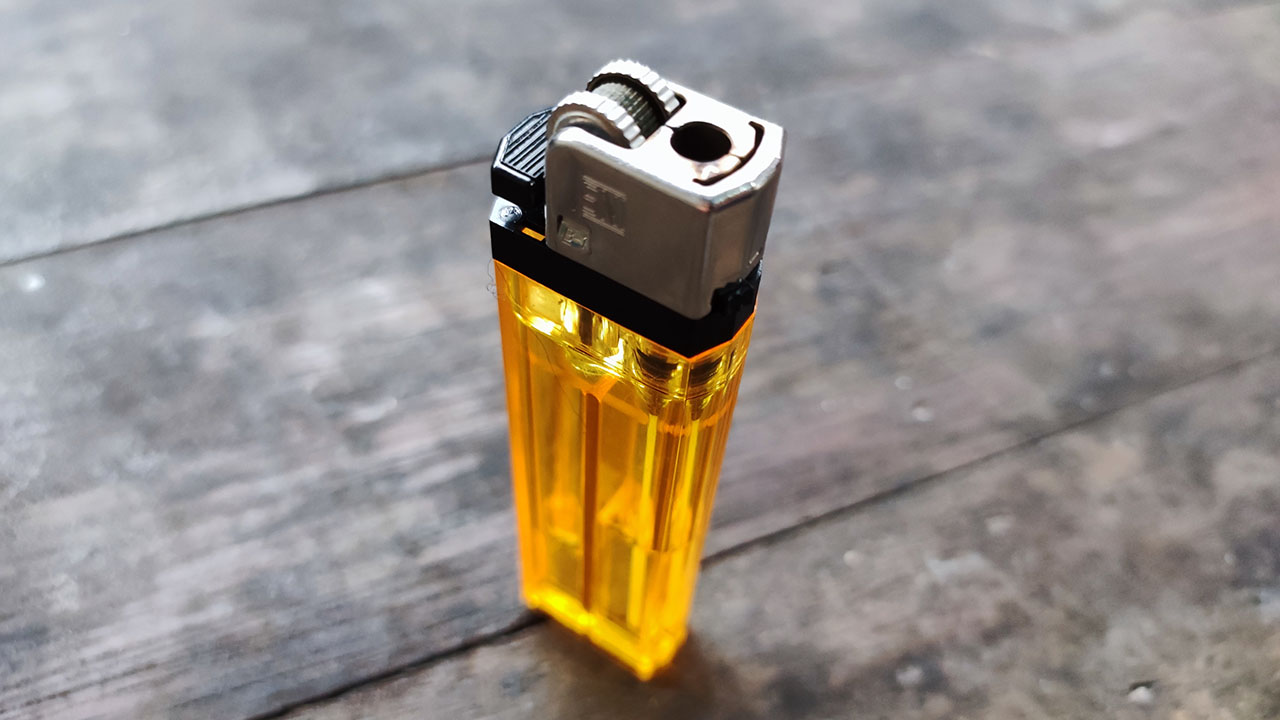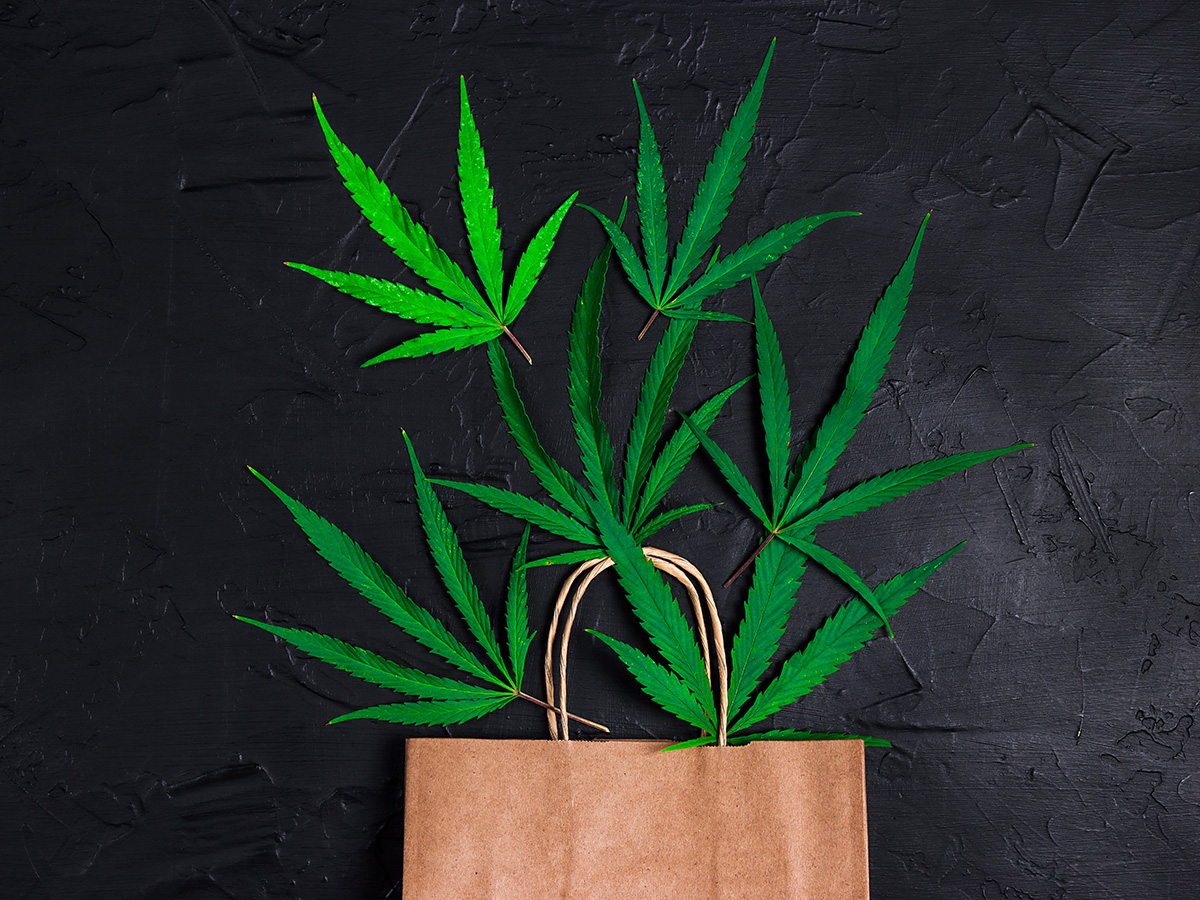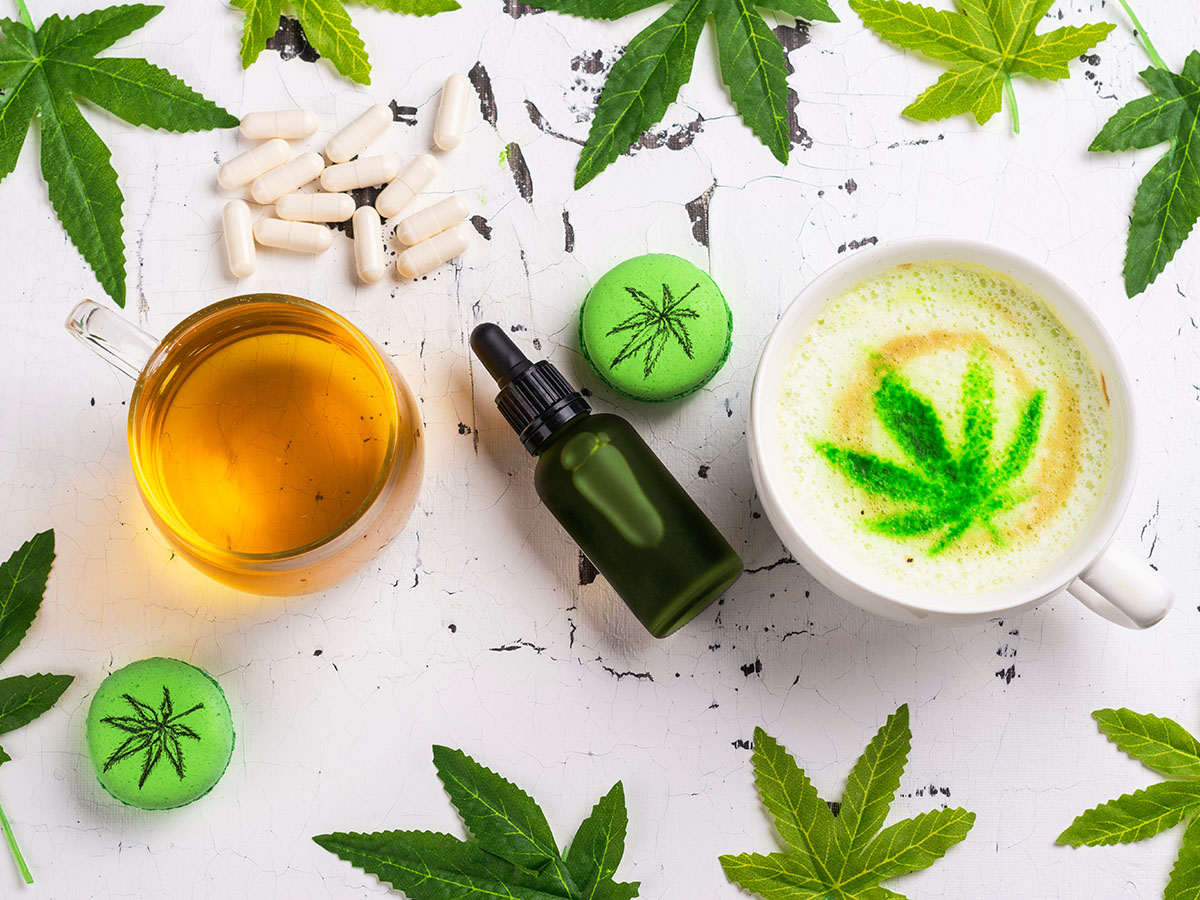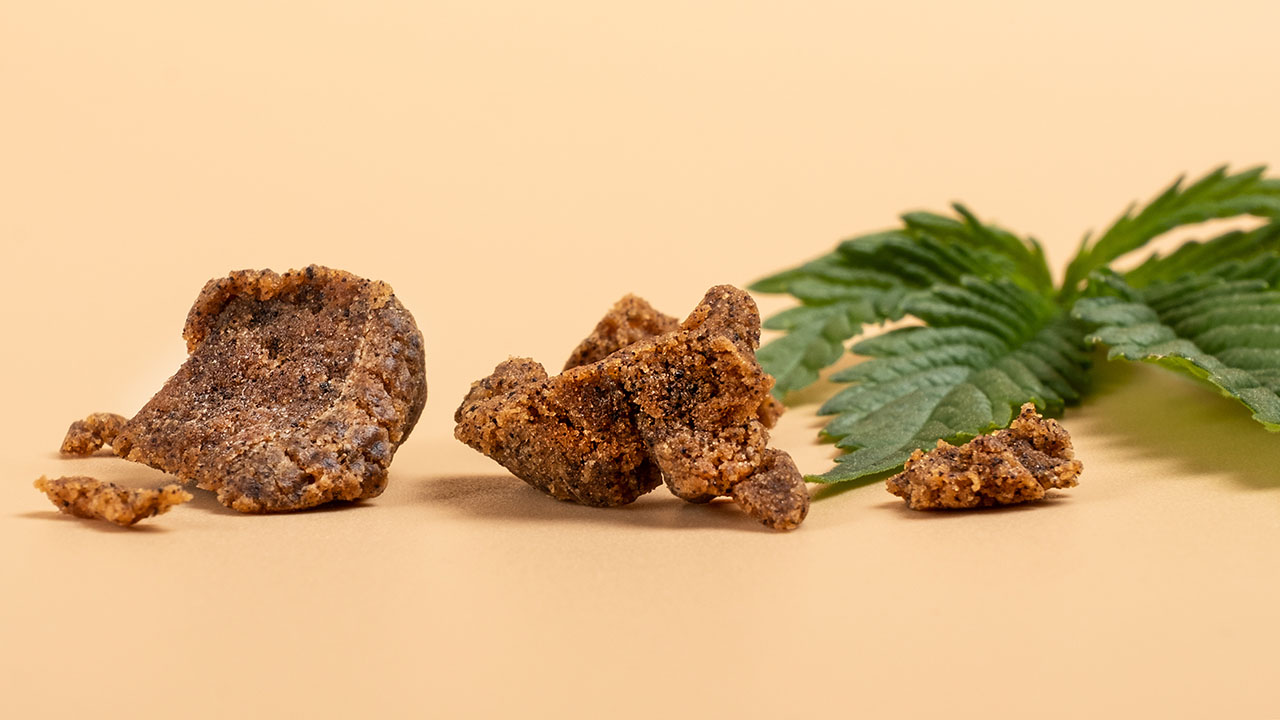
Cannabis Decarboxylation: What Is It, How It Works, Why It’s Important
July 13, 2023
When you first get into cannabis, you might think that people smoke flower because it’s convenient, and it’s their preferred way of consuming marijuana. While those things aren’t necessarily untrue, there’s actually a reason cannabis needs to be heated, or decarboxylated. In this entry to our cannabis glossary, we’re going to talk about decarboxylation and why it’s a necessary part of enjoying your marijuana.
What is Cannabis Decarboxylation?
Cannabis decarboxylation is the process where we heat cannabis to activate the compounds within the trichomes.1 When marijuana grows, it contains things like THCA and CBDA—the precursors to THC and CBD. In order for those compounds to turn into our favorite cannabinoids, the plant material has to be heated.
The scientific process is a little more detailed, but in layman’s terms, it goes like this—THCA has a little ring called a carboxyl in it. Heat pops that ring right off of THCA, or decarboxylates it. Once THCA is decarboxylated, it becomes THC, and now, you can get intoxicated when you consume it. Fortunately, the process happens within a snap of your fingers—heat applies to the plant material, the THCA turns to THC, you inhale, and you can start feeling the effects.
How Does Decarboxylation Work?
There are three things that can cause decarboxylation: heat, time, and oxygen.1 Heat can come in different forms. It can be light peeking through a window shining on your container of marijuana, or it can be the heat you apply when you vape or smoke your marijuana.
Time and oxygen, however, are inevitable. Once your marijuana is decarboxylated, it starts to degrade, and the THC will turn into CBN.2 This is why marijuana that you’ve had for the last year is not going to be as potent as marijuana you just purchased from your favorite dispensary. This is also why no matter how tight your container is, there will still be oxygen in it every time you open it, which will start the slow process of decarbing your marijuana.
Why is Cannabis Decarboxylation Important?
Cannabis decarboxylation is important because without decarbing your marijuana, you won’t be able to feel the effects you likely purchased it for. It makes it easier for your body to absorb the cannabinoids, and as such, you’ll be able to feel those intoxicating effects. Another advantage of decarboxylating your marijuana is that it can reduce the moisture, and by proxy bacteria, in your cannabis.3
Decarboxylation Temperature Guide
In general, you’re going to want to heat your marijuana between 200 and 245℉.3 The important thing to remember is that the higher the temperature, the more likely you are to destroy your terpenes, so if you’re interested in keeping those flavorful little compounds around, you’re going to want to start with lower temperatures and work up. For cannabis products like edibles, about 220℉ for up to 40 minutes is going to keep your terpenes intact while also activating your cannabinoids.
Whatever you do, don’t go over 300℉. It’s not only going to ruin your terpenes, but it will start burning off cannabinoids too, and then you won’t be able to feel the effects of your cannabis.
How to Decarboxylate Cannabis
While you already know you can decarb your marijuana via smoking and vaping, you can also decarb it in preparation for tinctures, edibles, oils, and more. These are three safe ways to decarb marijuana:3
Decarb in the Oven
Set your oven to about 240℉ and line a baking sheet with parchment paper. Grind your cannabis into loose chunks (not finely ground pieces) and dump them out on the paper. Put your tray in the oven for up to 40 minutes, checking periodically. Once finished, let your cannabis cool before adding it to any recipes.
Decarb in a Sous Vide
Far more discreet than the oven, the sous vide method of decarbing is easy and requires minimal tools. You need a sealable bag, a pot of water, and a stovetop. Set your sous vide to about 230℉ and put your cooker into the pot of water. This method should take about 90 minutes, and it shouldn’t make your whole house smell like marijuana.
Decarb in a Crockpot
If you love tinctures and canna oil, this is a great method to decarb your marijuana. Put your carrier oil, be it coconut, olive, or something else, into the crockpot with your flower. Let it cook on high for about an hour, and then turn the temp down to low for three hours. When finished, strain the plant material out and bottle up your infused oil.
Answering FAQs About Decarboxylation
To become a decarboxylation master, you’re going to want to know the answers to these questions:
Can I decarb marijuana in the microwave?
Technically, yes, but we don’t recommend it. It is really, really difficult to control the temperature of a microwave, which makes it incredibly easy to destroy instead of decarboxylate your cannabis. You should always opt for the low, slow method of decarbing, and microwaves just aren’t the right tool for that method.1
Do you have to decarboxylate cannabis to make cannabutter?
Yes, that’s the best way to ensure your infused butter is activated. Otherwise, there’s a good chance you’re not going to feel any effects from your cannabutter.4
Do I need to decarboxylate edibles bought at a dispensary?
No. When you purchase edibles from a dispensary, the work is already done for you. You can enjoy your edibles right out of the package.
Decarboxylating Cannabis
Ready to try decarboxylating your cannabis at home? Our budtenders are waiting to help you shop for your favorite flower so you can bring it home and get started. Prefer to purchase your cannabis products already decarbed? Find a dispensary near you and head over. We have plenty of products in stock to suit your needs—without any effort on your part required.
Sources:
1. “Decarboxylation guide: How to properly decarb weed,” Leafly, May 9, 2024, https://www.leafly.com/learn/consume/edibles/what-is-decarboxylation
2. “Cannabis Decarboxylation Walkthrough,” Rise Cannabis, https://risecannabis.com/blog/cannabis-101/cannabis-decarboxylation/
3. “Complete Guide to Cannabis Decarboxylation,” Leafwell, October 7, 2024, https://leafwell.com/blog/decarboxylation
4. “How to Decarb Weed: Cannabis Decarboxylation Step By Step Guide,” Veriheal, April 12, 2024, https://www.veriheal.com/blog/cannabis-decarboxylation-explained-why-its-important-and-how-to-do-it/
Please consume responsibly. This product may cause impairment and may be habit forming. There may be health risks associated with consumption of this product. State laws impact what dispensaries can and can’t sell to recreational customers and medical marijuana patients. Not every type of product, consumption method, dosage form, or potency mentioned on this blog will be permitted in all locations.


